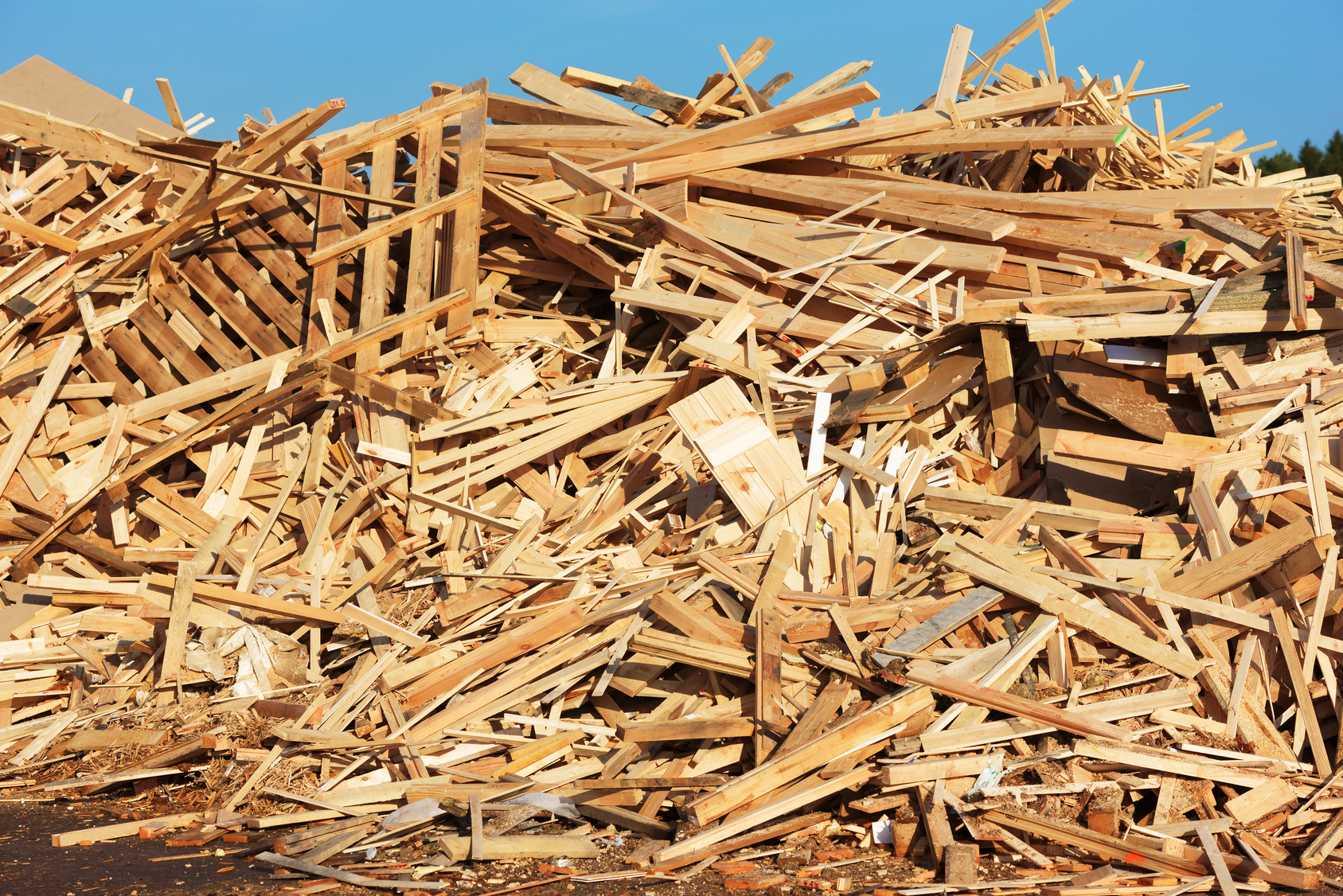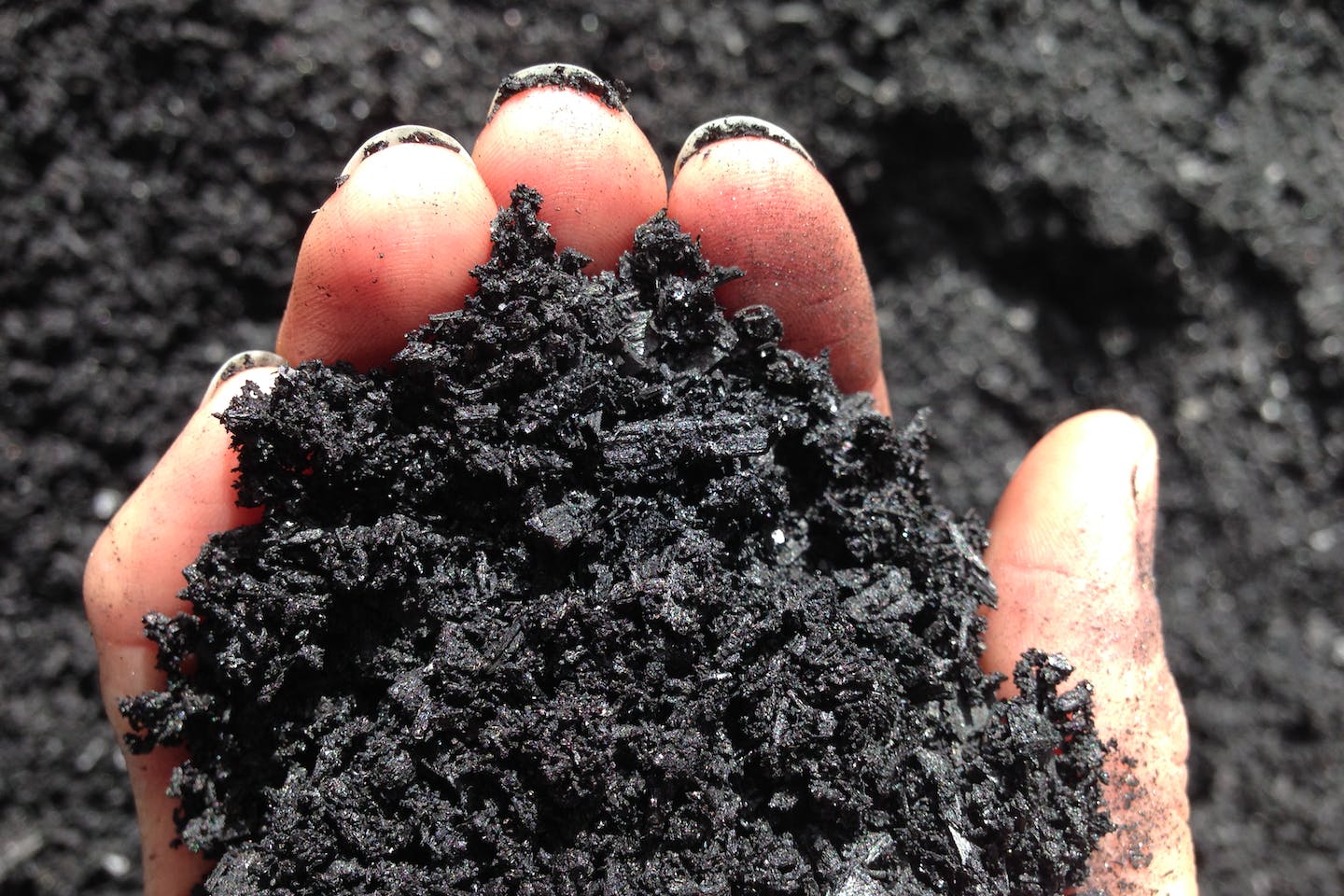In the quest for sustainable energy and eco-friendly practices, wood charcoal has emerged as a time-tested solution, offering not just heat but a pathway towards a more environmentally conscious future. This exploration delves into the intricate world of wood charcoal making machine, unraveling the art, science, and sustainability behind the process.

Understanding Wood Charcoal Making:
Wood charcoal making is a traditional yet evolving practice that involves the conversion of wood into charcoal through a controlled process of heating in the absence of oxygen, known as pyrolysis. This method transforms wood into a carbon-rich material, with applications ranging from domestic heating and cooking to industrial processes and beyond.
The Charcoal-Making Process:
1. Harvesting and Selection of Wood:
The journey begins in the forest, where the selection of wood plays a crucial role. Hardwoods, such as oak and hickory, are often preferred for their dense composition and high carbon content. Sustainable harvesting practices ensure a continuous supply without depleting natural resources.
2. Stacking and Ignition:
Once the wood is collected, it is stacked in a way that allows for proper air circulation. The stack is ignited, and the initial burning process begins. This phase is critical in initiating the pyrolysis process that transforms wood into charcoal.
3. Carbonization and Pyrolysis:
As the wood stack burns, it enters the pyrolysis phase. Pyrolysis involves heating the wood in the absence of oxygen, preventing complete combustion. This controlled process leads to the release of volatile gases and the conversion of the wood into charcoal. The small charcoal machine makes small-scale charcoal.
4. Cooling and Collection:
After carbonization, the charcoal is left to cool slowly. Once cooled, it is ready for collection. The resulting charcoal is a porous, black substance that retains the structure of the original wood but with a higher carbon content.

The Environmental Benefits of Wood Charcoal Making:
Carbon Sequestration:
Wood charcoal acts as a form of carbon sequestration, locking in carbon that would otherwise be released into the atmosphere if the wood were left to decompose.
Renewable Resource Utilization:
By using sustainably harvested wood, the process taps into a renewable resource, ensuring that the carbon cycle remains balanced.
Reduced Greenhouse Gas Emissions:
Compared to other energy sources like coal, wood charcoal production emits fewer greenhouse gases, contributing to a lower carbon footprint.
Waste Reduction:
Wood charcoal making provides an effective means of utilizing wood residues and by-products, reducing overall waste in the lumber and forestry industries.
Challenges and Innovations in Wood Charcoal Making:
Deforestation Concerns:
The demand for wood resources can raise concerns about deforestation. Sustainable forestry practices and the promotion of agroforestry are crucial in mitigating this issue.
Emissions Management:
While wood charcoal production is generally cleaner than some alternatives, managing emissions during the combustion and pyrolysis phases remains an area of ongoing research and innovation.
Efficiency Improvements:
Innovations in kiln design and process efficiency are continually being explored to enhance the overall sustainability and economic viability of wood charcoal making.
Sustainable Practices in Wood Charcoal Making:
Certification Programs:
Certifications, such as those provided by the Forest Stewardship Council (FSC), ensure that wood used in charcoal production comes from responsibly managed forests.
Agroforestry Integration:
Combining charcoal maker for sale with agroforestry practices helps maintain biodiversity, improve soil health, and support local ecosystems.
Energy-Efficient Kilns:
Advancements in kiln technology focus on energy efficiency, reducing emissions, and optimizing the carbonization process for a more sustainable outcome.
Case Studies:
1. Community-Based Charcoal Production:
Highlighting a community-led initiative that employs sustainable wood charcoal making practices, emphasizing the social, economic, and environmental benefits.
2. Technological Innovations in Kilns:
Exploring a company at the forefront of wood charcoal production, showcasing their innovative kiln designs and commitment to sustainability.
Conclusion:
A sustainable burn is not just about producing heat; it’s about balancing the needs of today with the well-being of the planet for generations to come. Navigating the world of wood charcoal making requires a holistic approach, blending traditional wisdom with modern innovations and a deep commitment to sustainable practices. As we continue to explore and refine the art and science of wood charcoal making, we move closer to a future where warmth and sustainability go hand in hand, creating a truly sustainable burn for all.